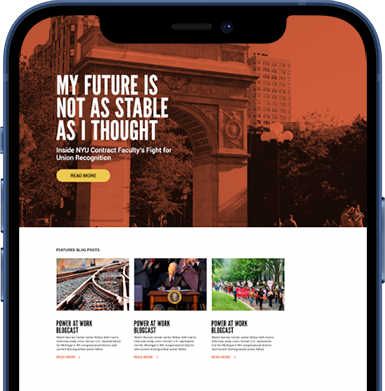Could Sisyphus Have Tried Harder? Reflections on the Sweeney Administration’s Efforts at Mass Organizing, Thirty Years Later
By
Lane Windham (@LaneWindham)
May 22 2025
Published in: Power At Work
“When I came to the AFL-CIO in 1998, not long after John Sweeney was elected president, the enthusiasm and hope around organizing was contagious. I’d spent much of my twenties as a union organizer in the South, talking with working people in their homes and witnessing the tsunami of employer resistance they faced when unionizing. I knew at my core just how hard it was for U.S. workers to organize. Nevertheless, it seemed that the Kirkland-era stagnation was finally out, and a new vision for movement growth was in. Calling for a revival of the ‘culture of organizing,’ Sweeney persuasively pledged that ‘with an army of organizers...we can do what the labor movement did decades ago: organize workers and raise wages in entire industries.’ Today, the U.S. labor movement is smaller, weaker, and more embattled than the day Sweeney took office, thirty years ago. Though workers have managed heroic union organizing victories during the Sweeney years and beyond, none of these have turned the tide of decline, and the millions of new members never materialized. Union membership has dropped from 15 percent in 1995 to 10 percent today, and private-sector union membership is at its lowest since 1900, at a mere 6 percent.”

